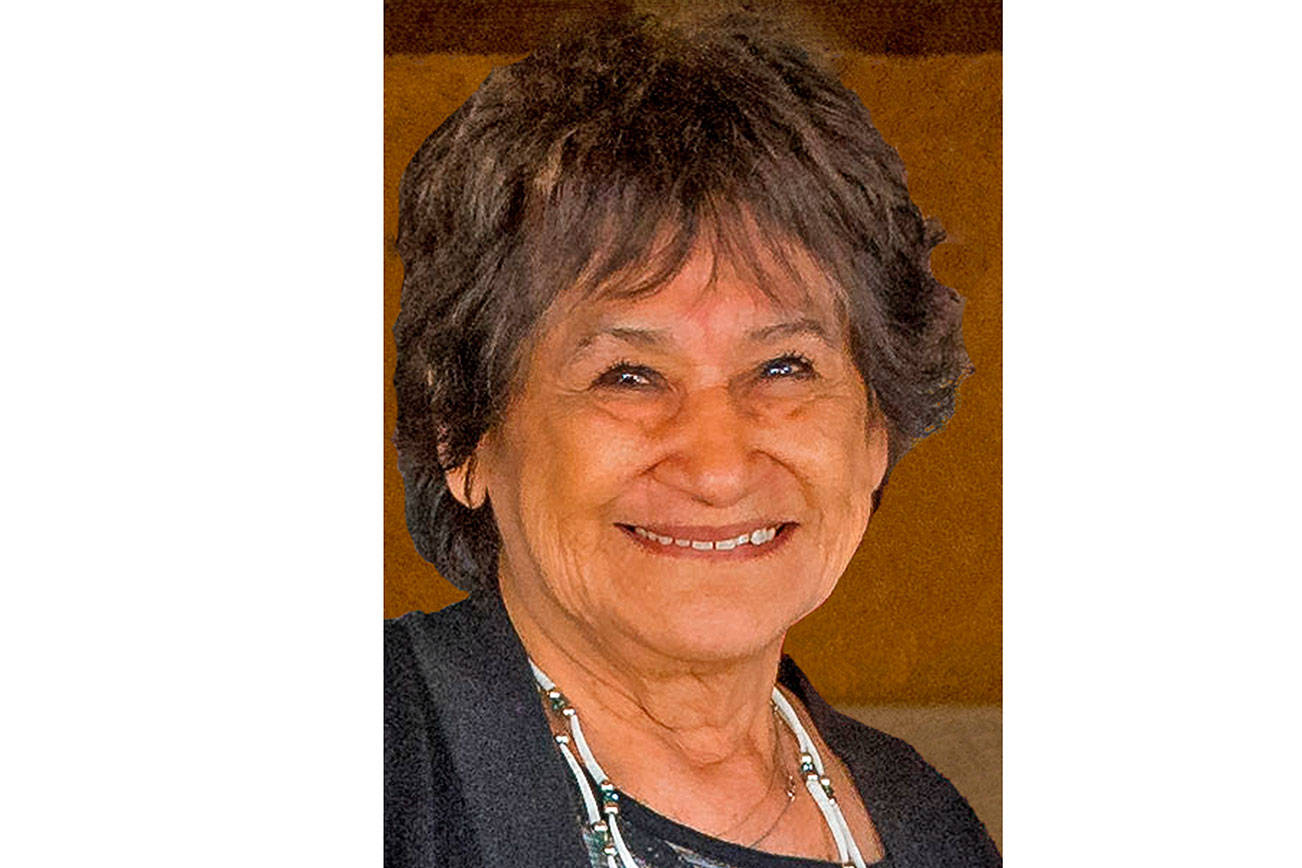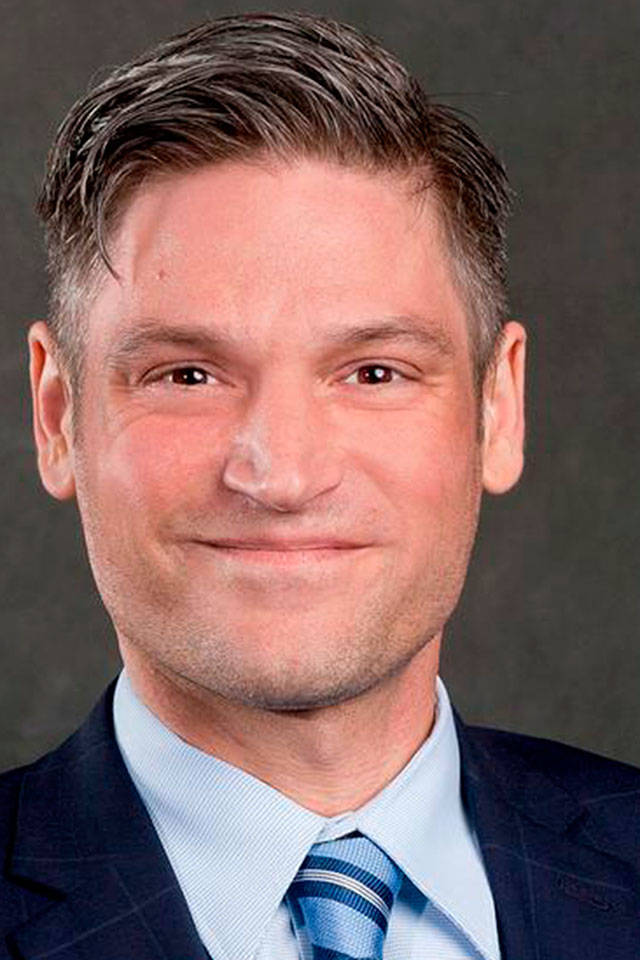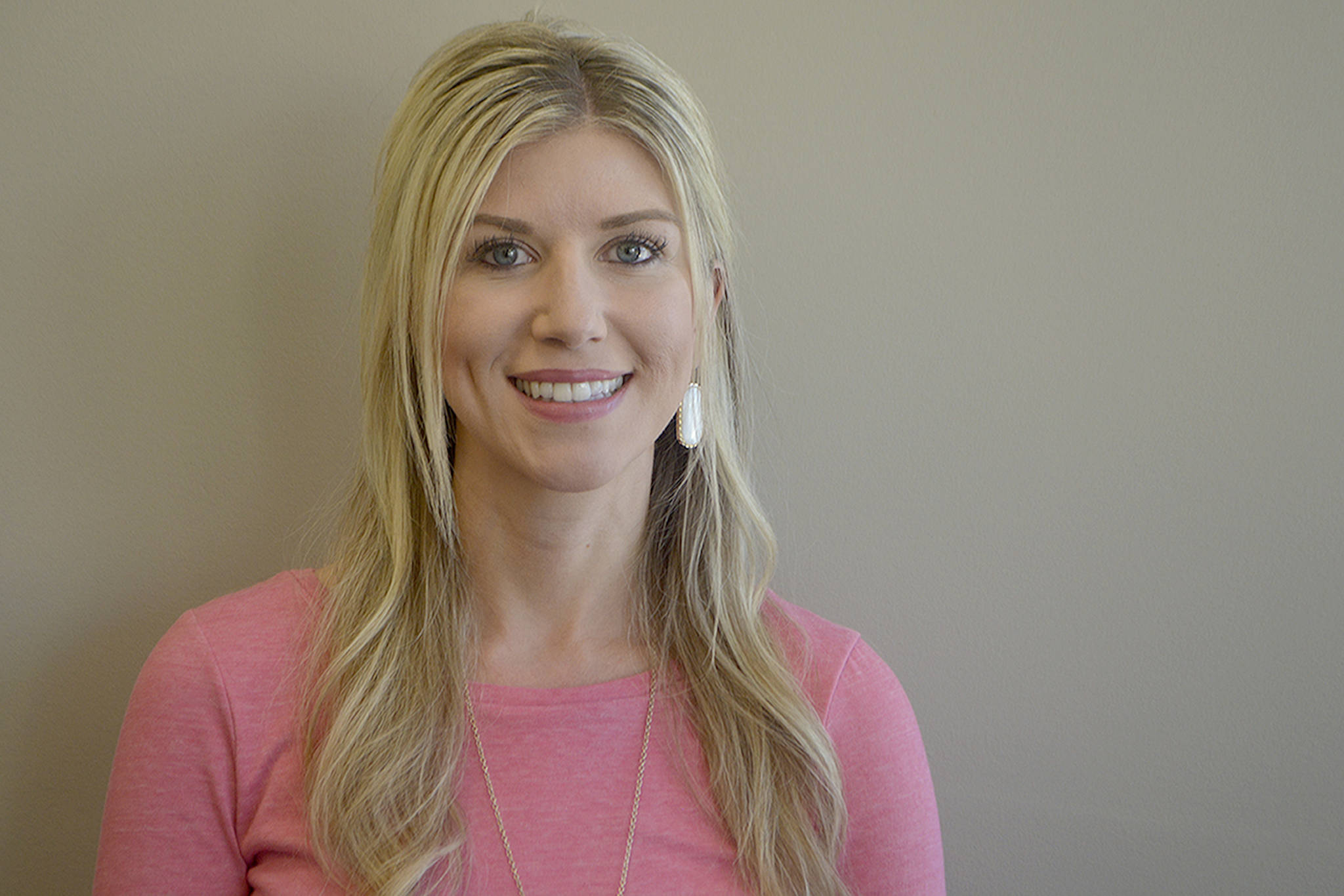by Robert Graef
A common complaint Small Learning Communities (SLCs) in high schools is that they limit choice. Each SLC centers on a related family of studies, such as BioMed or International School of Communications. One worry is that if one enrolls in a particular SLC, there will be no opportunity to participate in music or art.
By their nature, science students to be restricted from music. Musical thought and experience is so tied to scientific thought that Cal Tech gives extra consideration to applicants having musical backgrounds. Studies have shown that without a doubt, students who study music do better in Mathematics. If we truly want excellence in Science and Math, then we should make musical training available.
As public schools focused more tightly on making young people employable, music and art languished. After all, how many graduates will pull down substantial salaries singing or tooting a horn? This practical-pig curriculum-planning leaves too many children without the life-long soul-satisfying experience of music. See what others had to say about it:
“Music is forever; music should grow and mature with you, following you right on up until you die.” (Paul Simon)
“Music produces a kind of pleasure which human nature cannot do without.” (Confucius)
“If I were to begin life again, I would devote it to music. It is the only cheap and unpunished rapture upon the earth.” (Sidney Smith)
Part of the problem is that we’re stuck with an outmoded notion of what music instruction in schools ought to be. For instance, instrumental music in most high schools is Band, nothing but Band. It may be sliced and diced into Concert, Marching, Pep and Jazz bands, but it is all Band.
This deserves to be questioned from a number of angles. First and foremost, if education is to open doors to life-long activities, Band prepares young musicians for a musical future with limited opportunity. A spot opens now and then with the Everett Symphony. You can drive to Mount Vernon and get a chair in the Skagit Band. Or brass players might try to link up with the Schwartzmiller Sauerkraut Band that rehearses at Doc’s Machias Tavern.
As to orchestra and string instruments, Marysville’s last string teacher retired in the early 1960’s. If parents want kids to enroll in a string program, there are only so many school districts to pick from and most of those are down south in King County.
Band consists of a room full of sixty youngsters with varying talents and motivations. Call it mass-music. Some take private lessons while others don’t. Some practice while others don’t. Some are naturally talented while others aren’t. So to prepare a number for performance, a band director has to slog through enough rehearsals to bring laggards up to speed when the top musicians will have had their parts down pat after the third rehearsal.
The huge advantage of traditional instrumental and choral music classes is that one teacher handles between forty and seventy kids in one period. For cash-strapped schools, this is like having one teacher cover two classes. These high head-count classes make it possible to offer a few low-enrollment classes like second year Physics.
The advent of Small Learning Communities pushes us toward a re-examination of how music education is delivered to students. Mass-music classes may be left in place wherever an SLC’s focus is on Art and Music. But that should not mean that music can’t be available to students in other SLC’s, whether the focus is on BioMed, Communications or Commerce. Curriculum planners need to be thinking outside the box.
Debate and Drama offer good models. Many years ago, they were offered by many schools as for-credit electives. As the need for more foreign language, math and science filled took up more instructional time, Debate and Drama were converted to activities. But that didn’t dim students’ passion to take their debate teams to state or wow the community with dramatic productions.
Just so, music could thrive as an activity. It may even thrive better since students with the latitude to compose, rehearse, perform and record would be stimulated by chasing something closer to their own dreams. Vocal quartets, solos, brass quintets, string trios, jazz combos. Unlimited by the repertoire and inertia of mass music, talent could soar off to new levels of expertise and artistry.
Another neglected aspect of music education is exposure to excellence. During my high school years, Andres Segovia, the world’s greatest classical guitarist and Raphael Mendez, the best classical trumpeter of the 20th Century, performed in the West Valley H.S. auditorium. Someone had seen to it that we would know what excellence sounds like. One can’t aspire to greatness without a conception of what it sounds like. An important part of music education is listening.
So the question of whether students from every SLCs might participate in music or art is closed only if we see them as for-credit classes and not as activities. Music and Art activities wouldn’t be easy to initiate. Their coordinators would need special skills and even then path to getting them up and running would be strewn with barriers. It boils down to this: If the public wants it, it will have to work for it — and even then there would be no guarantees.
Comments may be addressed to: rgraef@verizon.net.







